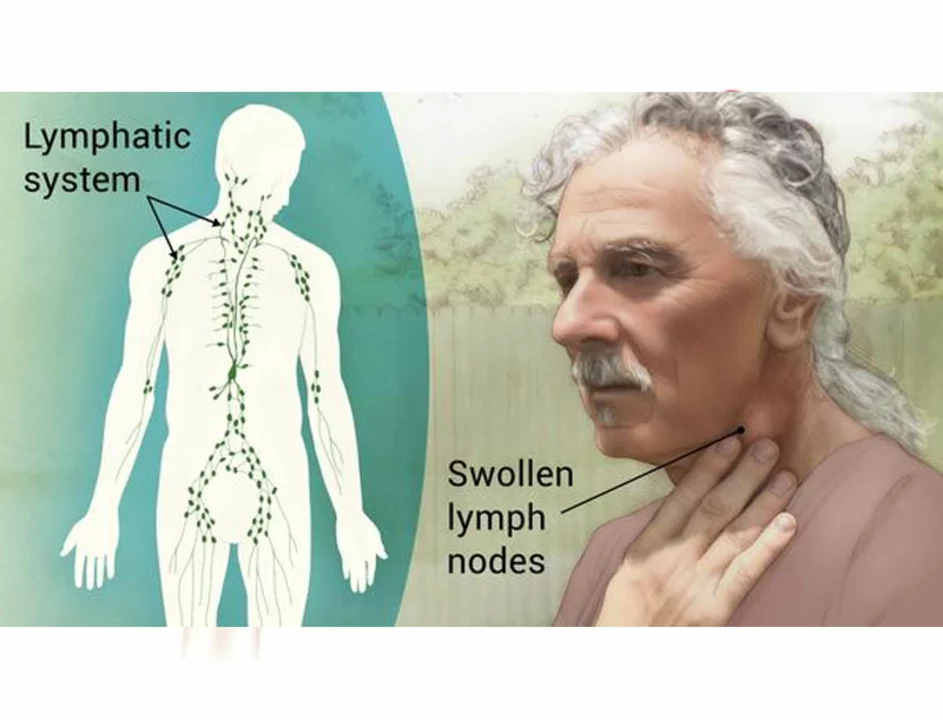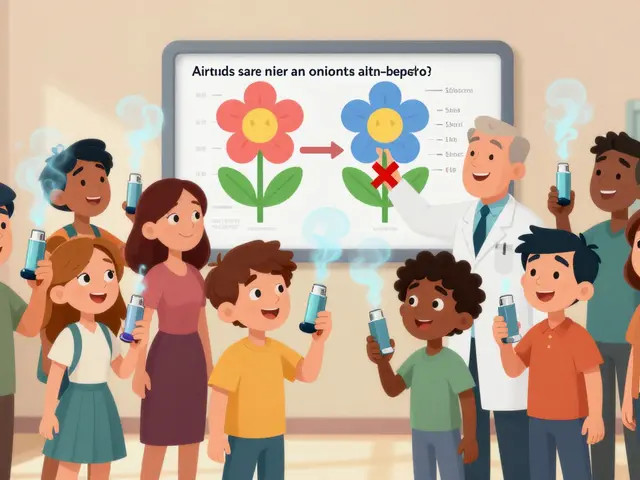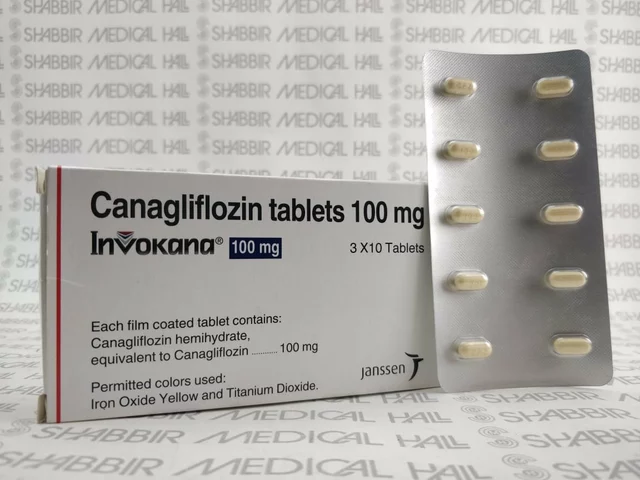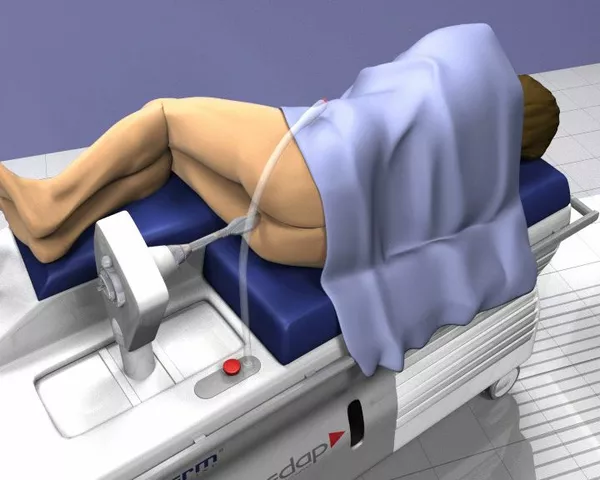Hodgkin's disease: clear facts and practical steps
Hodgkin's disease, also called Hodgkin lymphoma, is a cancer that starts in the lymphatic system. It often begins in one lymph node or a chain of nodes and can spread in a predictable way. Many people are cured, especially when the disease is found early.
Watch for these common signs: painless swelling of lymph nodes in the neck, armpit, or groin; unexplained fevers; heavy night sweats; sudden weight loss; ongoing tiredness; and widespread itching. These symptoms can also come from infections, but if they persist for weeks, get checked.
How doctors diagnose Hodgkin's disease
Your doctor will do a physical exam and blood tests to look for general problems. The only way to confirm Hodgkin's disease is a biopsy—removing a lymph node sample so a pathologist can look for Reed‑Sternberg cells. Imaging tests like CT and PET scans then show where the disease is and help stage it. Staging answers whether the cancer is in one area or has spread to several regions or organs, and that stage guides treatment decisions.
Sometimes doctors use a bone marrow biopsy or other tests if they suspect spread. They also check heart and lung function before certain chemo drugs. Honest communication about other medical issues and medications helps the team choose safer options.
Treatment choices and what to expect
Treatment depends on stage, symptoms, and your overall health. Early-stage disease is often treated with short courses of chemotherapy plus targeted radiation. More advanced cases usually need longer chemotherapy and may add targeted therapies or immunotherapy drugs. When standard treatments fail, stem cell transplant or clinical trials are options.
Side effects vary: nausea, hair loss, low blood counts, fatigue, and infection risk are common during treatment. Long-term effects can include heart or lung changes and fertility issues, so discuss fertility preservation and long-term follow-up with your team before treatment starts.
Most treatment plans include regular PET or CT scans to check response. If scans show the disease is responding, doctors may reduce or stop treatment early to avoid unnecessary harm. If it doesn't respond, they switch to other drugs or approaches.
Living with Hodgkin's disease means practical planning. Stay up to date with vaccinations your doctor recommends, avoid large crowds when your white count is low, eat simple foods that reduce infection risk, and rest when you need to. Ask about support services—counseling, nutrition help, and financial aid are often available.
Follow-up care is important: routine exams and scans catch relapses early and monitor late treatment effects. If you notice new lumps, unexplained fevers, or heavy night sweats after treatment, contact your doctor right away. Early evaluation and clear communication with your care team make a big difference in outcome and quality of life.

The History of Hodgkin's Disease: From Discovery to Modern Treatment
Hodgkin's disease, now known as Hodgkin lymphoma, has come a long way since its initial discovery by Thomas Hodgkin back in 1832. From its early description as a mysterious illness characterized by enlarged lymph nodes, it has evolved into a well-understood and highly treatable form of cancer. The development of effective treatments such as chemotherapy, radiation therapy, and targeted therapies has led to a significant increase in survival rates for those diagnosed with this disease. As a blogger, I've been amazed at how far we've come in understanding and treating Hodgkin's disease and am hopeful for even more advancements in the future. The progress made in the fight against Hodgkin's disease is truly inspiring and serves as a testament to the power of scientific research and medical advancements.
Categories
- Medications (50)
- Health and Medicine (46)
- Health and Wellness (34)
- Online Pharmacy Guides (15)
- Nutrition and Supplements (7)
- Parenting and Family (3)
- Environment and Conservation (2)
- healthcare (2)
- prescription savings (1)
Popular Articles



